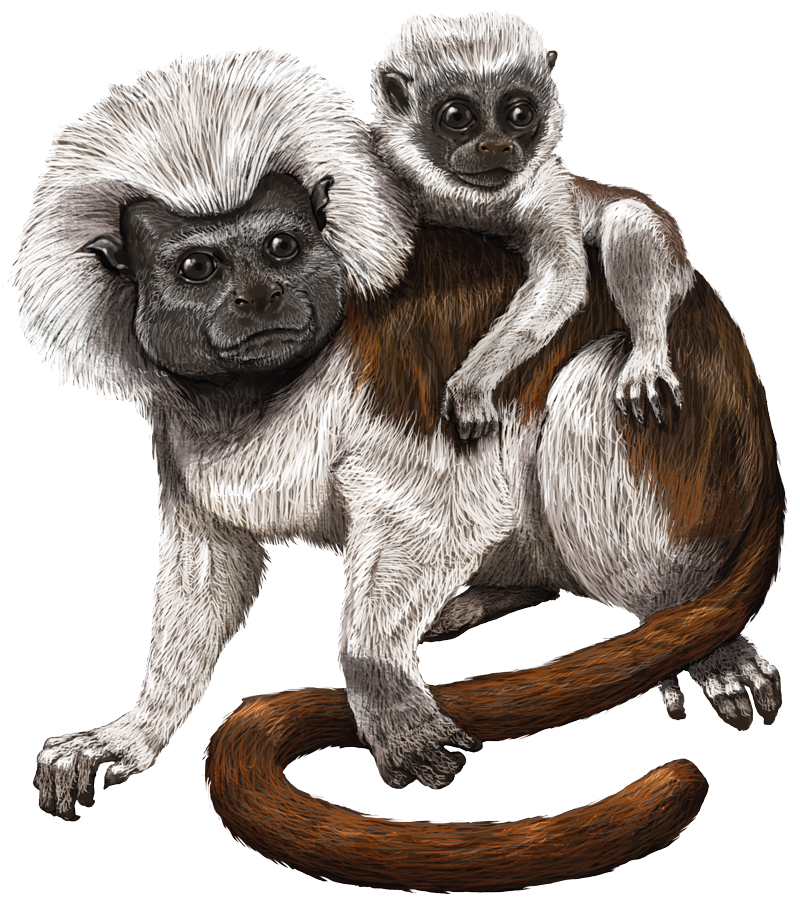An integrated management of Colombian tropical dry forest should consider that this ecosystem has been devastated and remains invisible in official conservation strategies.
Although the tropical dry forest (TDF) is considered to be a strategic ecosystem1it has not been appropriately included in conservation efforts related to the declaration or designation of protected areas (PA). Presently, only 6.4% of TDF is protected by any PA (3.03% in national protected areas, 2.38% regional, and 0.02% in Civil Society Nature Reserves). The remaining 0.19% is found in the National System of Protected Areas (SINAP for its initials in Spanish), which is half of what should be protected according to its presence in the continental national territory (0.38%). The representativeness of TDF in regional conservation efforts has increased, yet it is still too low in the SINAP. Conversely, private reserves have had an impact 2.6 times greater than public PAs in the degree of the protection of areas with the potential of being TDF, beyond the fact of their protection of TDF remnants being low.
Private reserves are a limited conservation opportunity because their management depends on the volition of landowners. In addition, private reserves do not necessarily function perpetually. Nevertheless, when such reserves are created in cattle raising areas, which are one of the most intense drivers of change, the reserves may protect TDF remnants and offer the possibility of reducing pressures on the forests.
Despite the rising declaration of PAs by Regional Autonomous Corporations (CARs), there are less than 20 regional PAs protecting TDFs in the present (2.72% of TDF remnants). Also, the percentage of TDF protected by each CAR is not proportionate to the total amount of TDF in its jurisdiction. It is therefore necessary to guarantee the participation of environmental authorities in an effective and enduring protection of TDF remnants.
In this situation, it is crucial to create an integrated management strategy of TDFs that halts its degradation and possible disappearance. This strategy should also stimulate ecological restoration in areas of productive landscapes as well as areas of strict conservation. It is also necessary to increase TDF representativeness in the SINAP, guarantee its inclusion in land-use planning strategies such as the Land-Use Planning and the Plans of Management and Planning of a Basin, and involve society through protection programs in productive mosaics. Any conservation strategy regarding the TDF should prioritize ecological studies in a detailed and relevant scale.
